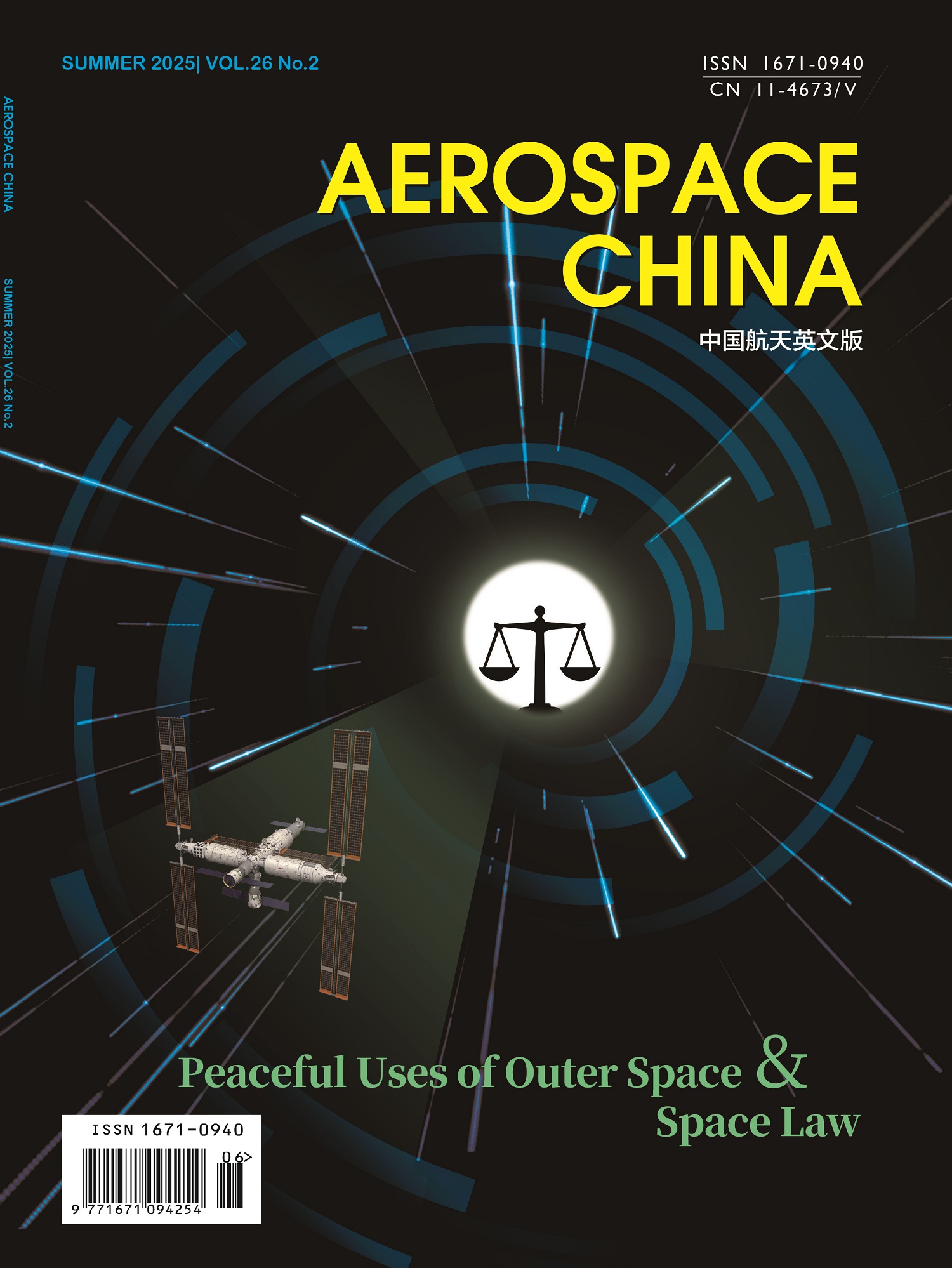AEROSPACE CHINA
Sponsored by
China Aerospace Science and Technology Corporation
Published by
China Aerospace Academy of Systems Science and Engineering
Published quarterly in Spring, Summer, Autumn and Winter
Address: Room 403, No.16 Fucheng Rd., Beijing 100048, PR China
ISSN 1671-0940
CN 11-4673/V



